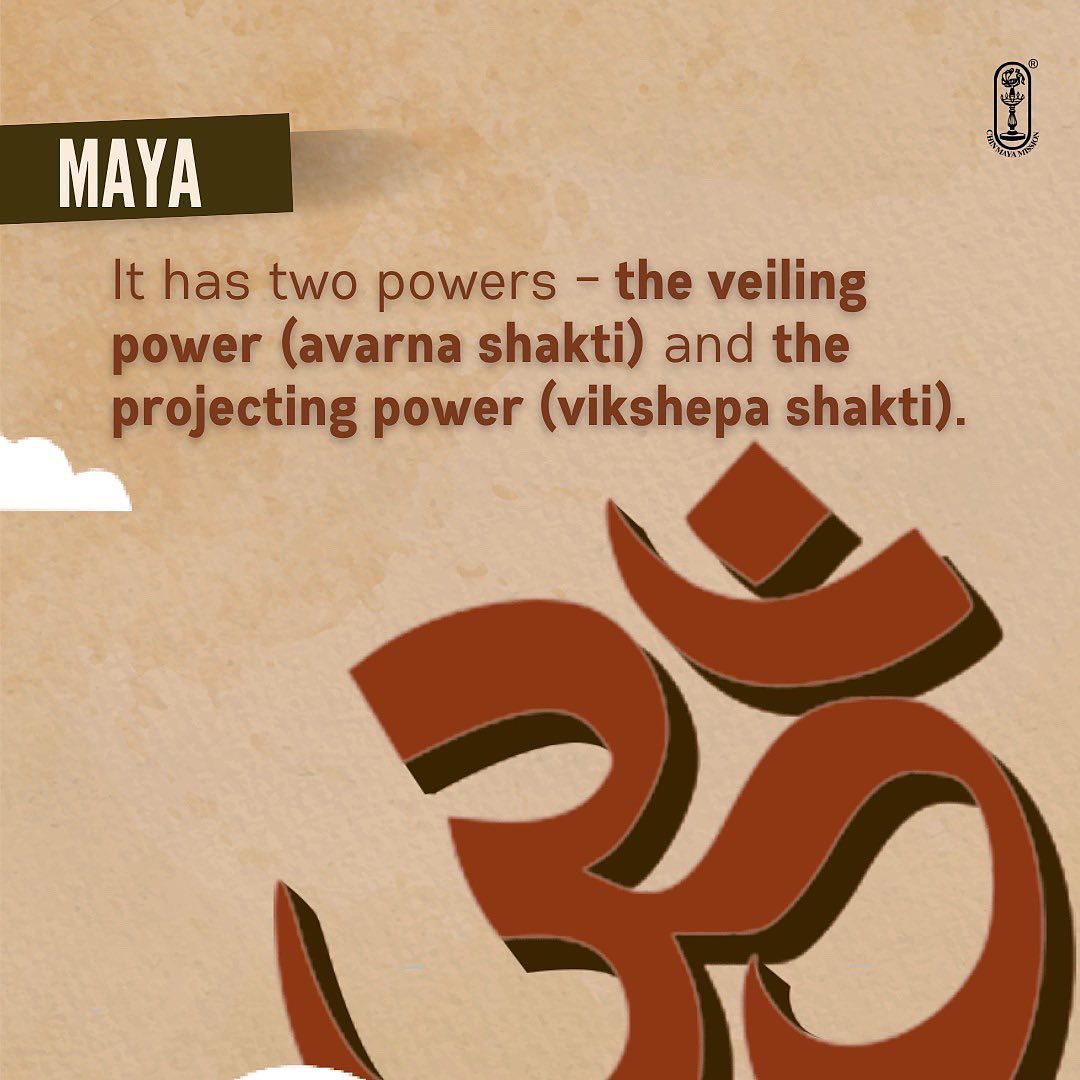Commentary on the Isavasya Upanishad : 22.( End of Upanishad) - Swami Krishnananda.
=========================================================================
Tuesday, January 31, 2023. 07:00.
Part-3.
Post -22.
=========================================================================
What is the relationship between God and the world? The teaching of this mantra is that we have to blend the concept of God and the world. Here in this context, the Purusha Sukta of the Veda is a great admonition to us that the Supreme Being became the cosmos. He envelopes the whole Cosmos, and is immanent in every little particle of sand. Every atom in creation is indwelt by God. That is the immanent aspect of God. If that is the case, and that is the only thing that we know – we know nothing more about God except that He is indwelling, that He is enveloping the cosmos – then it would mean that He has exhausted Himself in this world. He does not exist anymore as an independent reality. Just as milk has become curd, God has become the world. If God has become the world as milk has become curd, then as there is no chance of curd becoming milk again, as we know very well, no one can attain God. The idea of God-realisation would be a futile attempt, as God has exhausted Himself in this curd of the world. Is it so? It is not true. God has not become curd, though one doctrine of philosophy, called parinama vada, adumbrates and tells us that God has transformed Himself into the world. This idea of transformation should be taken with a pinch of salt. What do we mean by ‘transformed Himself'? Has He become something else? To say that God has transformed Himself into the world would be to say that God has become another thing.
God has not become another thing. Logically, ‘A' cannot become ‘B'. ‘A' is ‘A', and once ‘A' becomes ‘B', ‘A' ceases to be. God would cease to be, if He has transformed Himself into the world. And what is God-realisation? The question does not arise.
God also transcends the world, says the Purusha Sukta, and is not merely present in the world. Very metaphorically, we may say, the sutra tells us that a little fraction – one-fourth, as it were – has become the world. Three-fourths is still there as the transcendent, uncontaminated Eternity. It does not mean that God can be divided like that into one-fourth and three-fourths, etc. The idea is just to instruct that this vast creation that is unthinkably and unimaginably astounding in its extensiveness is, after all, a little fraction. This is one Brahmanda, and God is supposed to be the Lord of endless crores of universes, which are regulated, controlled and ruled by Him. Every little particle of creation is indwelt by Him, and yet He is transcendent.
If we soak cloth in a bucket full of water, every fibre of the cloth will be indwelt by water. I am giving a small example of daily life to illustrate how a thing that is immanent can also be transcendent. God is immanent. But He is not simply immanent; He is transcendent, also. The whole of the cloth is saturated with water. There is water everywhere, in every fibre of the cloth. Water is indwelling the cloth. It is immanent. But water is not the cloth. It is very well known that cloth cannot be water; water cannot be cloth. Water is transcendent to cloth, though it is immanent in the cloth. This is a homely example just to show how a thing that is immanent and indwelling can also be totally transcendent.
Therefore, the Upanishad tells us that the Ultimate Reality is not merely transcendent in the sense of complete disconnection from the world. So we need not shun the world as the creation of Satan, or utter evil, nor can we cling to the world as a final reality. The world is not evil, because it is indwelt by God. It is not the final reality, because God is also transcendent. So this clinging to the externality of the world as the only reality is a mistake which will take us to darkness. And imagining God as a totally transcendent Being above the world will take us to greater darkness. We have to combine in our meditations the blending of these two concepts. God is present everywhere in all creation, and yet stands above the world. We will not be attached to this world, and yet, at the same time, we will not ignore this world.
These mantras of the Isavasya Upanishad warn us in two different ways. On the one hand, we are expected to bring together knowledge and action in our daily life, and not separate action from knowledge or knowledge from action. On the other hand, it does not want us to separate God from the world and the world from God. They have to be brought together. There is a synthesis in our personal life in the world, and a synthesis in our meditation on cosmic existence, which is the creation of God. There is inward synthesis and also outward synthesis. When this inward synthesis and outward synthesis are effected, these two syntheses have again to be synthesised into a total Infinitude, which is what the Bhagavadgita explains in its chapters from seven to eleven.
So goes the Isavasya Upanishad, a wonderful scripture. In pithy, precise statements it gives us the whole philosophy of life, which is given to us in a more detailed form in the scripture of the Bhagavadgita. How have we to live in this world? By neither shunning action and the world, nor attaching ourselves to action and the world; by blending action with knowledge, and blending the whole cosmos with the Supreme Creator.












Comments
Post a Comment